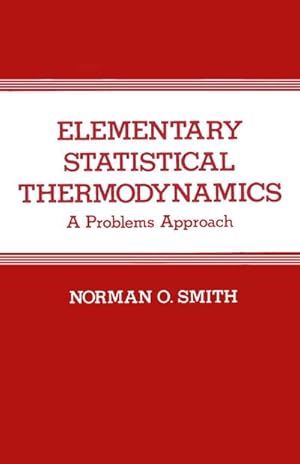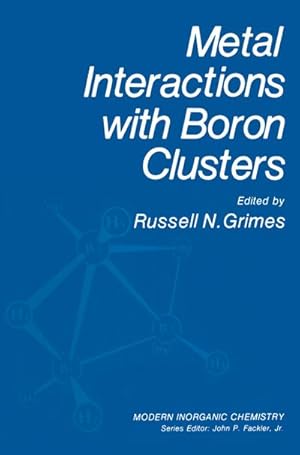springer us dez 1982 (2 risultati)
Tipo di articolo
- Tutti gli articoli
- Libri (2)
- Riviste e Giornali
- Fumetti
- Spartiti
- Arte, Stampe e Poster
- Fotografie
- Mappe
-
Manoscritti e
Collezionismo cartaceo
Condizioni
- Tutte
- Nuovi
- Antichi o usati
Legatura
Ulteriori caratteristiche
- Prima edizione
- Copia autografata
- Sovraccoperta
- Con foto
- No print on demand
Paese del venditore
Valutazione venditore
-
Elementary Statistical Thermodynamics
Editore: Springer US Dez 1982, 1982
ISBN 10: 0306412160ISBN 13: 9780306412165
Da: BuchWeltWeit Ludwig Meier e.K., Bergisch Gladbach, Germania
Libro Print on Demand
Taschenbuch. Condizione: Neu. This item is printed on demand - it takes 3-4 days longer - Neuware -This book is a sequel to my Chemical Thermodynamics: A Prob lems Approach published in 1967, which concerned classical thermodynamics almost exclusively. Most books on statistical thermodynamics now available are written either for the superior general chemistry student or for the specialist. The author has felt the need for a text which would bring the intermediate reader to the point where he could not only appreciate the roots of the subject but also have some facility in calculating thermodynamic quantities. Although statistical thermodynamics comprises an essential part of the college training of a chemist, its treatment in general physical chem istry texts is, of necessity, compressed to the point where the less competent student is unable to appreciate or comprehend its logic and beauty, and is reduced to memorizing a series of formulas. It has been my aim to fill this need by writing a logical account of the foundations and applications of the sub ject at a level which can be grasped by an undergraduate who has had some exposure to calculus and to the basic concepts of classical thermodynamics. It can serve as a text or supple mentary reading for a course, or provide the means whereby one could become conversant with the subject on his own, without the benefit of an instructor. 232 pp. Englisch.
-
Metal Interactions with Boron Clusters
Editore: Springer US Dez 1982, 1982
ISBN 10: 030640933XISBN 13: 9780306409332
Da: BuchWeltWeit Ludwig Meier e.K., Bergisch Gladbach, Germania
Libro Print on Demand
Buch. Condizione: Neu. This item is printed on demand - it takes 3-4 days longer - Neuware -Molecular clusters, in the broad sense that the term is commonly understood, today comprise an enormous class of species extending into virtually every important area of chemistry: 'naked' metal clusters, transition metal carbonyl clusters, hydrocarbon cages such as cubane (C H ) and dodecahedrane (C H ), 8 8 20 20 organometallic cluster complexes, enzymes containing Fe S or MoFe S 4 4 3 4 cores, high polymers based on carborane units, and, of course, the many kinds of polyhedral borane species. So large is the area spanned by these diverse classes that any attempt to deal with them comprehensively in one volume would, to say the least, be ambitious-and also premature. We are presently at a stage where intriguing relationships between the various cluster families are becoming apparent (particularly in terms of bonding descriptions), and despite large dif ferences in their chemistry an underlying unity is gradually developing in the field. For example, structural changes occurring in Fe S cores as electrons are 4 4 pumped in and out, in some measure resemble those observed in boranes and carboranes. The cleavage of alkynes via incorporation into carborane cages and subsequent cage rearrangement, a sequence familiar to boron chemists, is a thermodynamically favored process which may be related to the behavior of unsaturated hydrocarbons on metal surfaces; analogies of this sort have drawn attention from theorists and experimentalists. 344 pp. Englisch.



